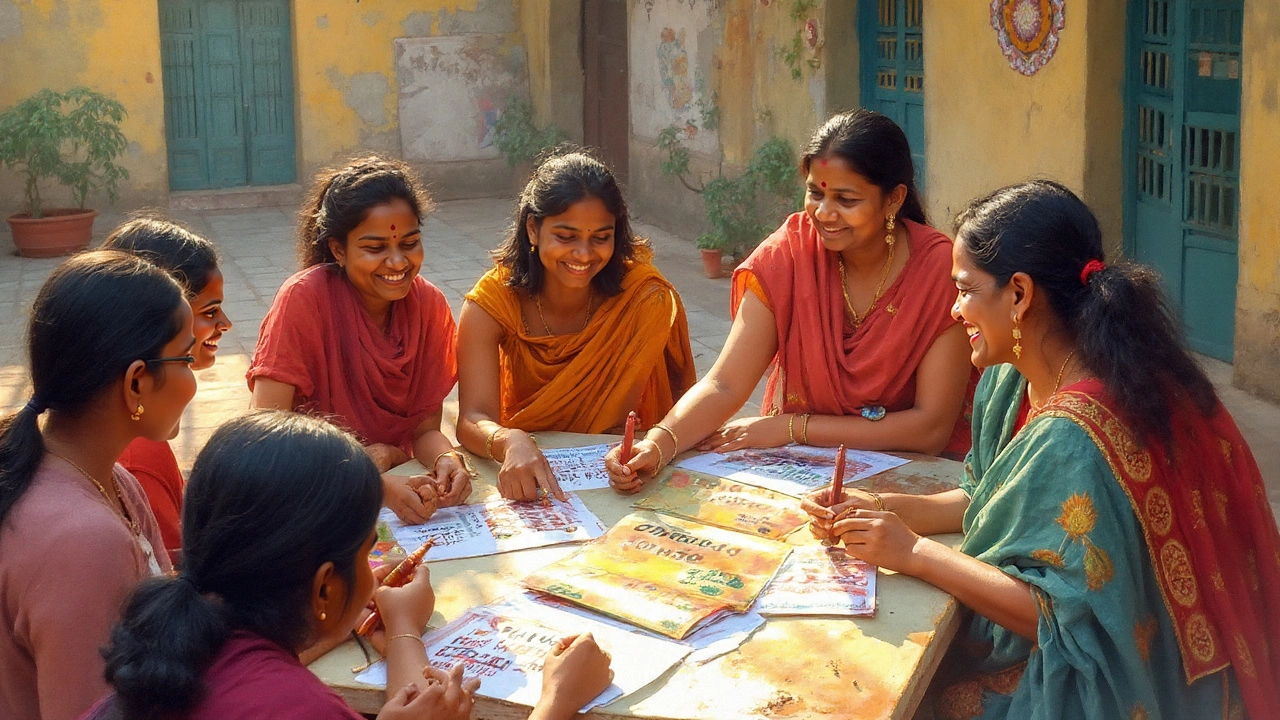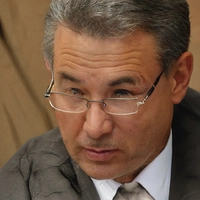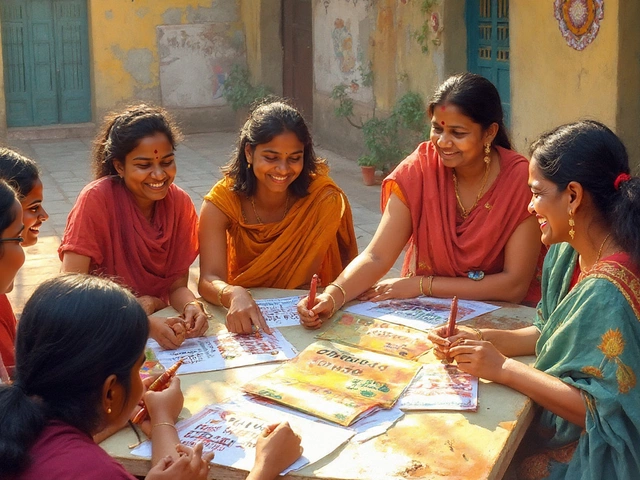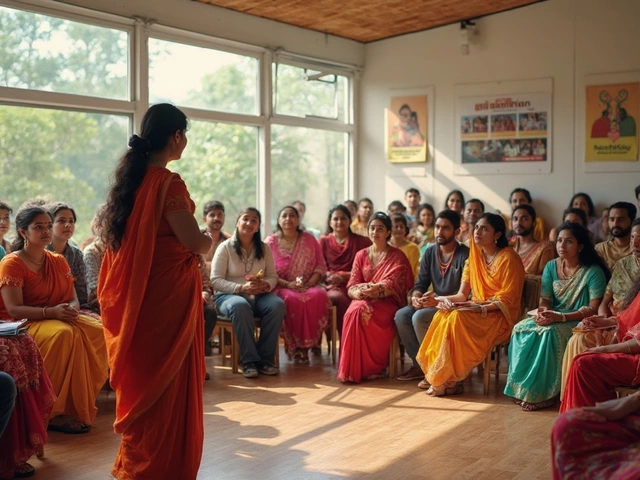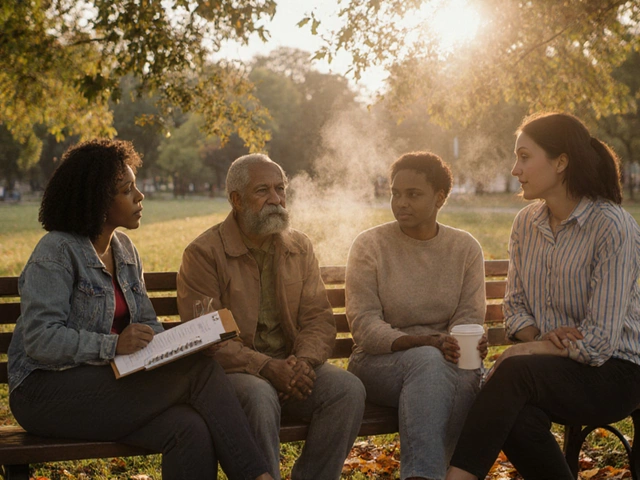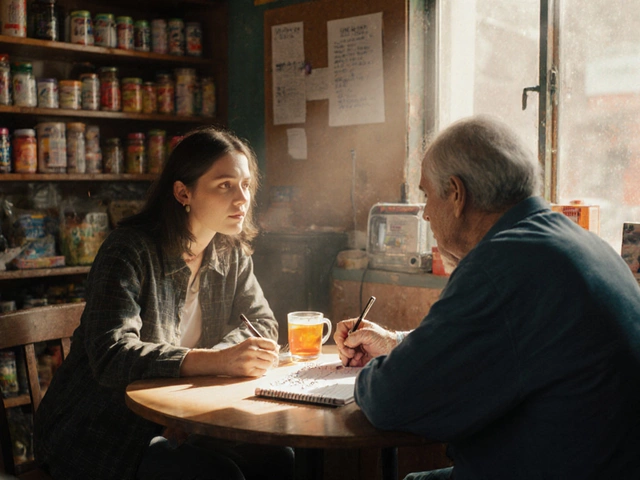Ever wondered why some outreach projects just seem to fizzle out, while others rally volunteers, pull in neighbors, and actually spark change? It almost never boils down to luck. It’s all about the plan. If you’re thinking, “Sure, I get what outreach is, but how do you plan it so it doesn’t end up as a forgotten flyer or random email blast?” you’re in the right spot. There’s no magic, but there’s a real strategy you can tap into—and I’ll show you how right here.
Where Outreach Plans Start: Defining Goals, Audiences, and Needs
Alright, here’s a hard truth: most failed outreach efforts never really decide what they want to achieve. They throw spaghetti at the wall and hope some of it sticks. Want to skip that mess? Get ultra-clear about your main goal first. For example, do you want to increase attendance at community events, connect seniors to support services, or educate kids about recycling? Pick your main outcome, then make it sharper—use actual numbers if you can. “We want 50 more families signed up for our program by December 1.” That’s specific. That gives you a finish line to run toward.
Now, who’s your audience? Every strong community outreach plan picks one or two clear groups. Maybe it’s parents at the local elementary, maybe it’s small business owners on Main Street, or maybe you’re aiming for the folks who never show up to meetings at all. Don’t just guess. Pull out last year’s event sign-in sheets, social media data, or grab a coffee with five regulars who know the neighborhood’s ins and outs. Ask them: “Who’s missing? Why?”
Once you’ve found your goal and your people, dig into what your audience actually needs (not just what you think they need). Check neighborhood Facebook pages, talk to library staff who meet a ton of locals, or pull from census data. You might be shocked—sometimes the issues making the most noise online aren’t the ones people really care about in person. Bridge the gap between reality and perception.
Here’s something very few planners do: map what’s already working, so you don’t reinvent the wheel. Maybe someone else is already delivering food boxes, but nobody’s organizing rides for medical appointments. Or the high school jazz band keeps filling its concerts, but no one’s getting teens to join cleanup crews. Plug into what exists, and look for gaps—not just open fields to plant your flag, but true holes that leave real people out.
It’s not all gut feel, either. As part of Chicago’s “My Block, My Hood, My City” initiative, organizers started their planning by surveying over 200 residents face to face rather than relying on assumptions or city reports. That approach led them to launch pop-up cleanups and youth mentoring—things people said mattered most, not just what sounded good on a grant application. When you get those details right, you build trust from day one.
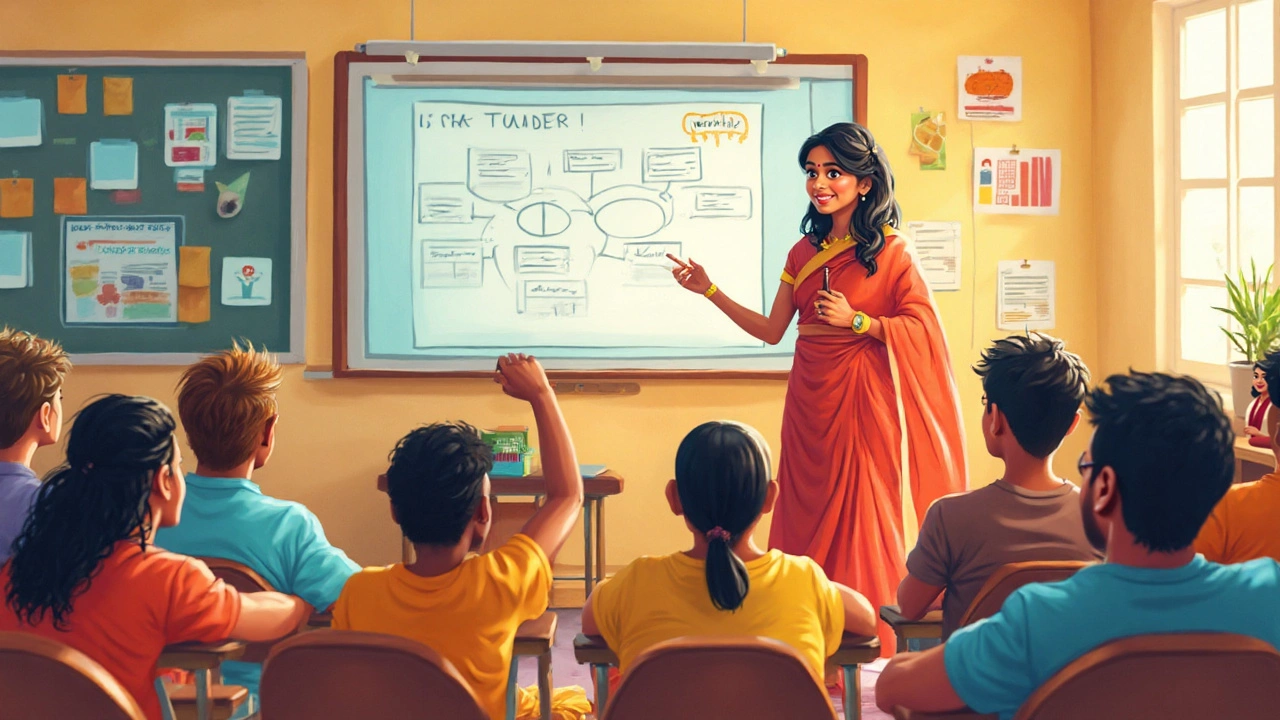
Building the Outreach Blueprint: Crafting the Message and Choosing the Channels
Your mission’s locked in, and you’ve discovered who you’re helping and why. The next big step? Nail your message. Forget slogans that sound like corporate PR. Use words people in your community actually use. Would your neighbor call it a "recycling drive" or “trash pick-up day”? Would older folks better respond to a phone call instead of a Facebook post? The words and formats you pick matter—get them wrong, and nobody listens.
Keep it short and clear. One glance should tell people what’s happening, when, and why they should care. For example: "Join your neighbors on Saturday, Sept. 10, for a fun park clean-up. Let’s keep our playgrounds safe for kids! Free snacks after." See how direct that is?
Now, let’s talk channels. You’re not stuck using just one way to share your news. Mix it up. Maybe you tape bright flyers at the laundromat, post on the community Facebook page, send out a group text blast, or line up a two-minute announcement during Sunday service at a local church. Some of the best outreach leaders also partner with trusted local voices—like the popular corner store clerk or a neighborhood coach—because when they talk, people listen.
Don’t ignore old-school methods, either. A study from Pew Research in 2023 found that, despite the surge in digital media, almost 40% of adults over 55 are far more likely to respond to printed flyers or posters over a digital-only pitch. If your audience skews older—or even just broader—don’t count out those printed tools. Sometimes, it really is about what people see when grabbing their morning coffee.
Timing is a secret weapon. Too early, and people forget. Too late, and schedules are full. The sweet spot, for most local events or initiatives, is about two weeks out. Drop reminders as you go—even a week before, and then again the day before your event. Keeping your message front and center is better than a single grand announcement that fades fast.
Let’s not forget, outreach is more two-way street than lecture. Make room for feedback loops. Invite people to share what’s working and what’s falling flat. After your first email blast or flyer drop, ask: “Did you see our message? Was anything unclear?” That simple check-in helps you course-correct in real time and shows people you’re actually listening, not just shouting into the void.
It’s all about visibility plus credibility. As leadership expert Priya Parker once said,
"Gathering is not just about the logistics, it’s about creating meaning and inviting people into that process."It’s not enough to send info; you need to invite people into the real action, and that starts by speaking their language and showing up where they are.

Putting Your Plan Into Action: Timelines, Evaluation, and Keeping the Momentum
Even the best ideas fizzle if they never make it off the page. Action turns intentions into results. You need a timeline everyone can follow without pulling their hair out—think calendar dates and real-world milestones, not just “as soon as possible.” Here’s a tip: build your timeline backward from the finish line (your event or program launch). Mark key dates for each step, whether it’s booking the gym, ordering supplies, or sending reminder texts. Use your phone’s calendar or a giant wall chart—whatever keeps you on track and visible to your team.
Of course, your team matters just as much as your checklist. Even if it’s just you and a faithful buddy, write out who’s doing what and when. People step up when they see a clear role with a real deadline. If you’re lucky enough to have a bigger squad, all the better—split up tasks to match interests and strengths. The mom who loves organizing snacks shouldn’t be pushing social media posts unless she loves it, too. The neighbor who knows everyone’s birthday is gold for reminder calls and personal invites.
Take a minute to plan for the “what ifs.” Weather cancels your outdoor event. Nobody shows up for the info session. The snacks arrive late. Make backup plans early—maybe a rainy-day venue, extra phone reminders, or those little folding chairs that never go out of style. A little prep now saves headaches later.
Measure what you did, honestly and without glossing over the misses. Did you hit your goal for sign-ups, donations, or guests? If not, what fell short? Lean on both numbers—like how many attendees actually showed up—and stories, too. Maybe you only got 20 kids, but they loved it so much their parents asked you to make it a regular thing. That’s real impact, even if it’s not in the original plan.
After each milestone or event, get feedback fast while it’s still fresh. Used a feedback survey? Perfect. Had five-minute chats over snacks? Just as good. Ask what could be better, what surprised people, and what they’d love to see next time. Those details fuel smarter outreach for your next project.
Don’t let good energy fade away. Celebrate success out loud—cheer on your volunteers, thank your partners, and share photos or stories with the neighborhood, even if it’s just a quick post or hand-written note. Show the real faces behind the project. Keeping the momentum is about recognition, not just results. If people feel seen, they’ll show up again.
If something crashed and burned, don’t hide it. Be upfront about what you learned. Maybe your weekday event would have worked better on a Saturday. Maybe next time you need to reach out to a new audience. Growth happens when you own both the hits and the misses.
Finally, store your outreach plan documents and contacts so they’re easy to pull up for next time. Even better, pass the playbook to someone else if you move on. Community change sticks when the knowledge gets shared, not just stored in your head or your email drafts.
The world is packed with smart ideas that never get off the ground. When you put together a community outreach plan that’s clear, concrete, and flexible, you don’t just get things done—you light a spark that others can carry forward. That’s how small shifts lead to big changes right where you live.
